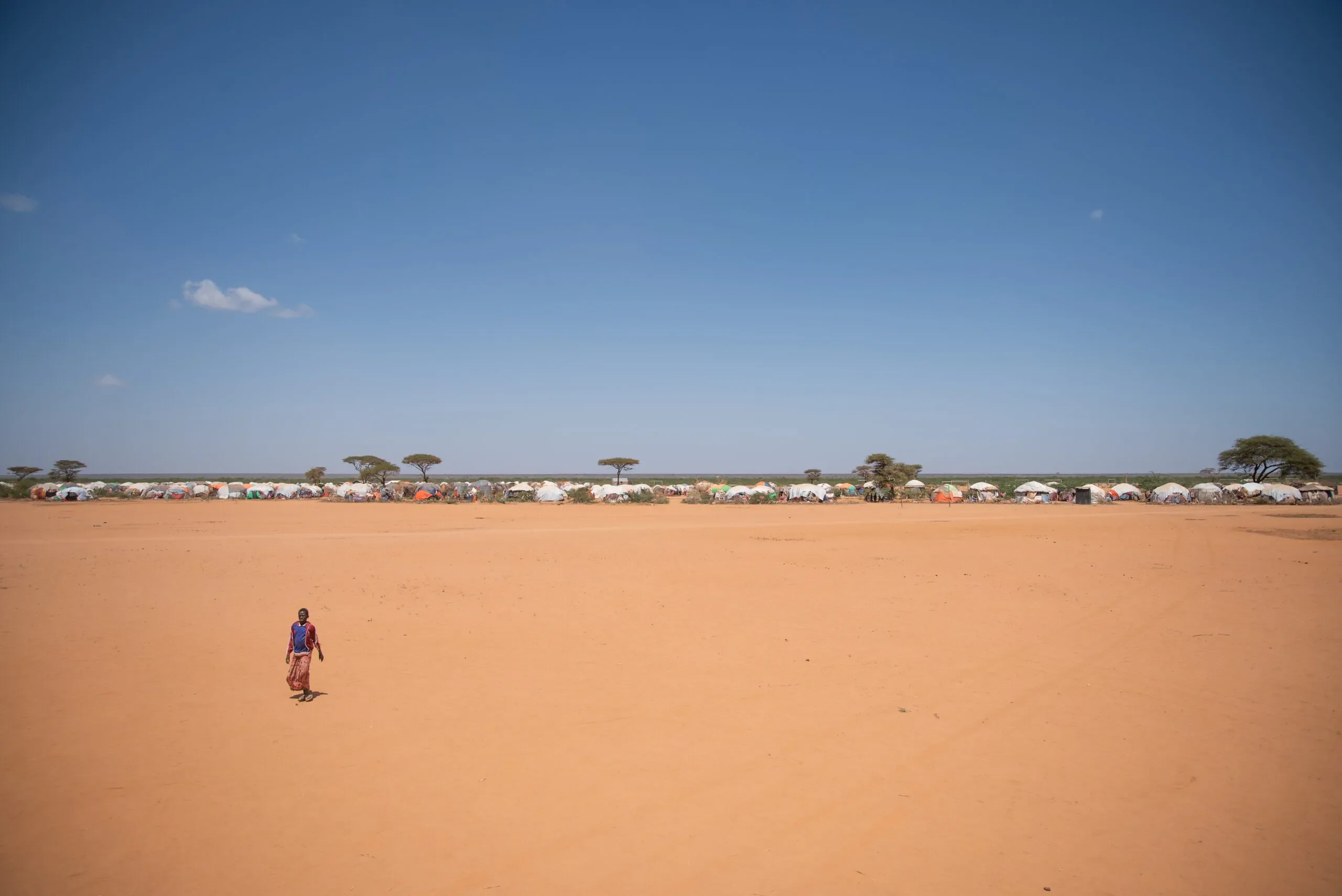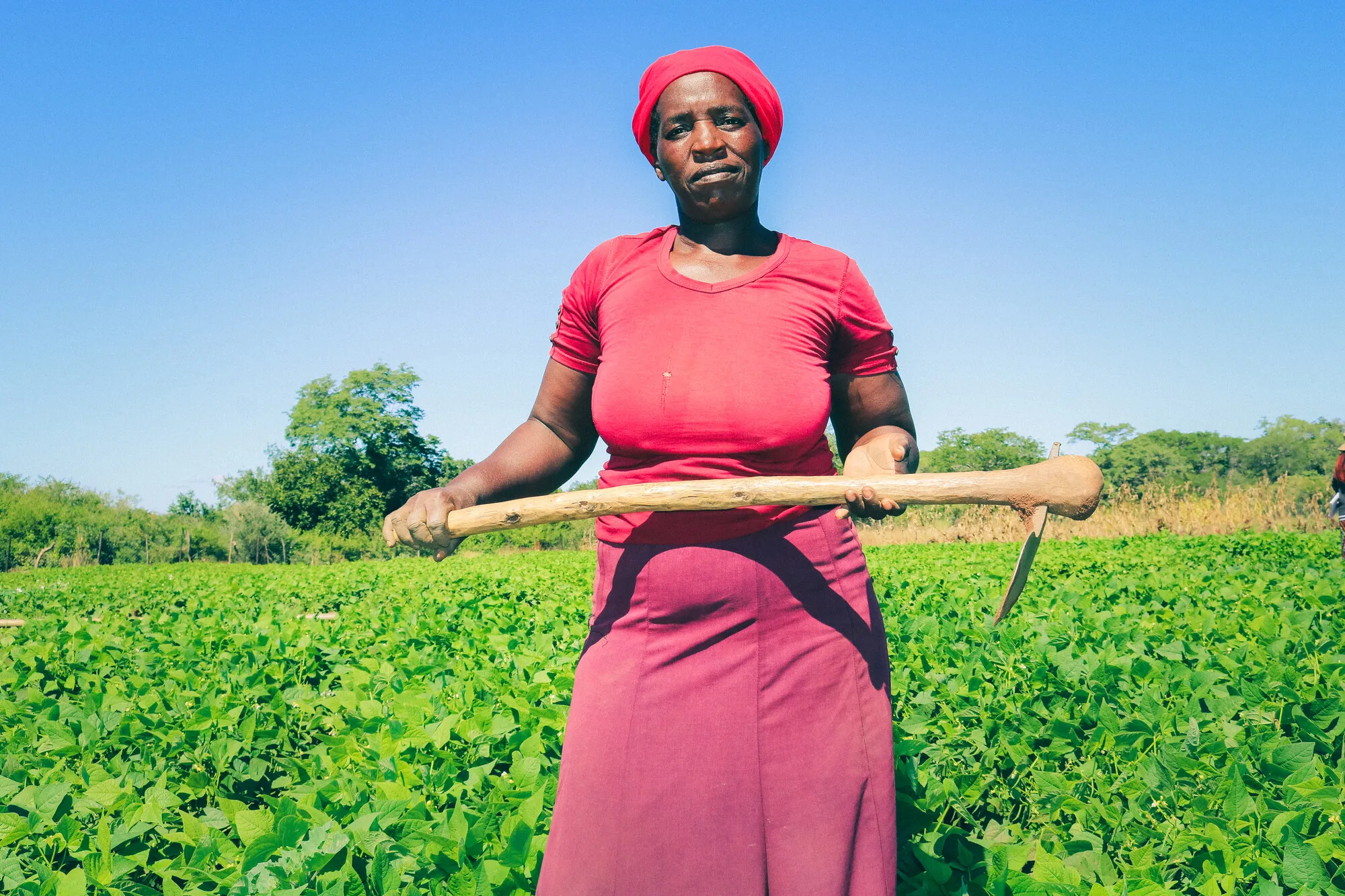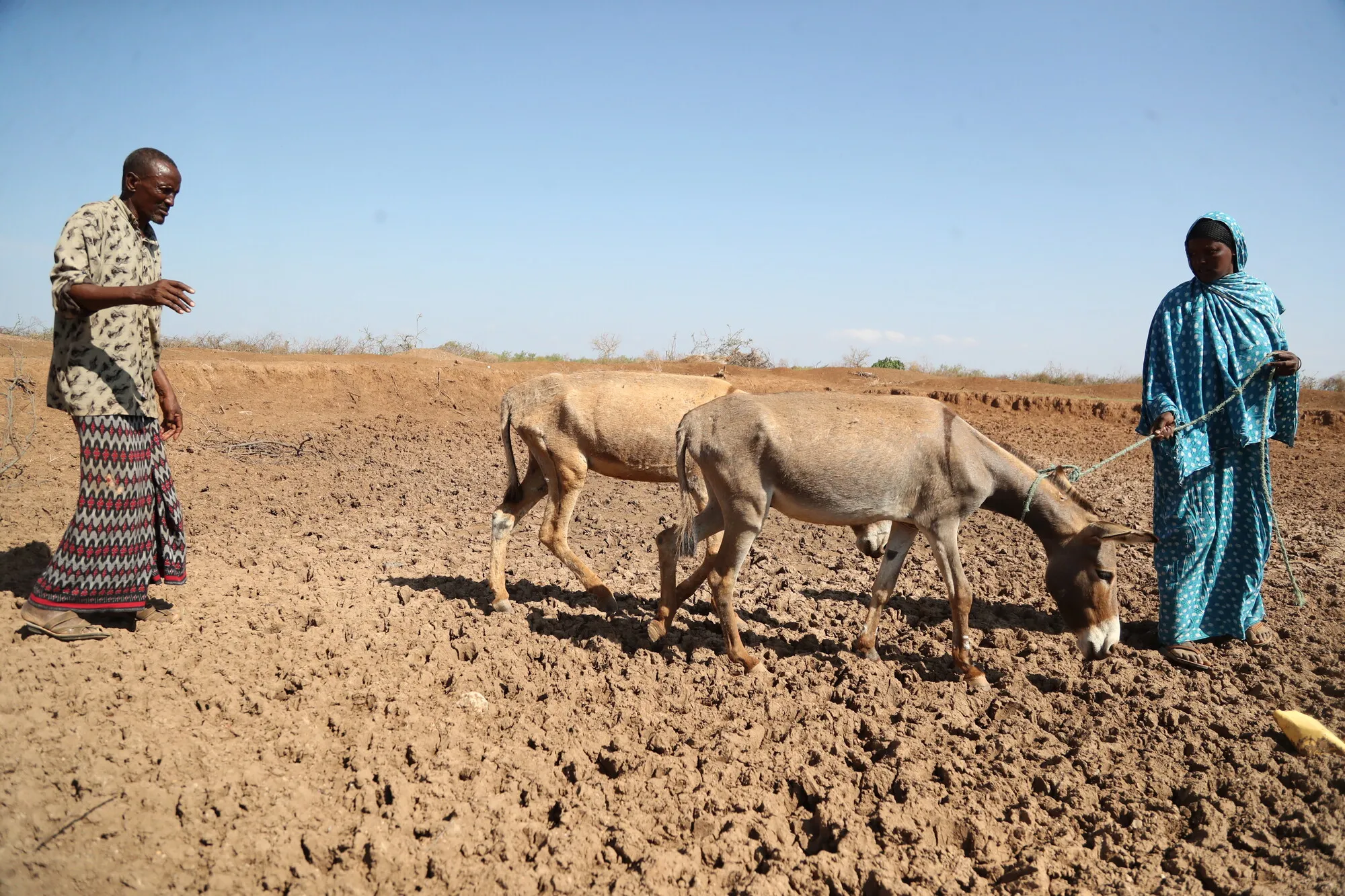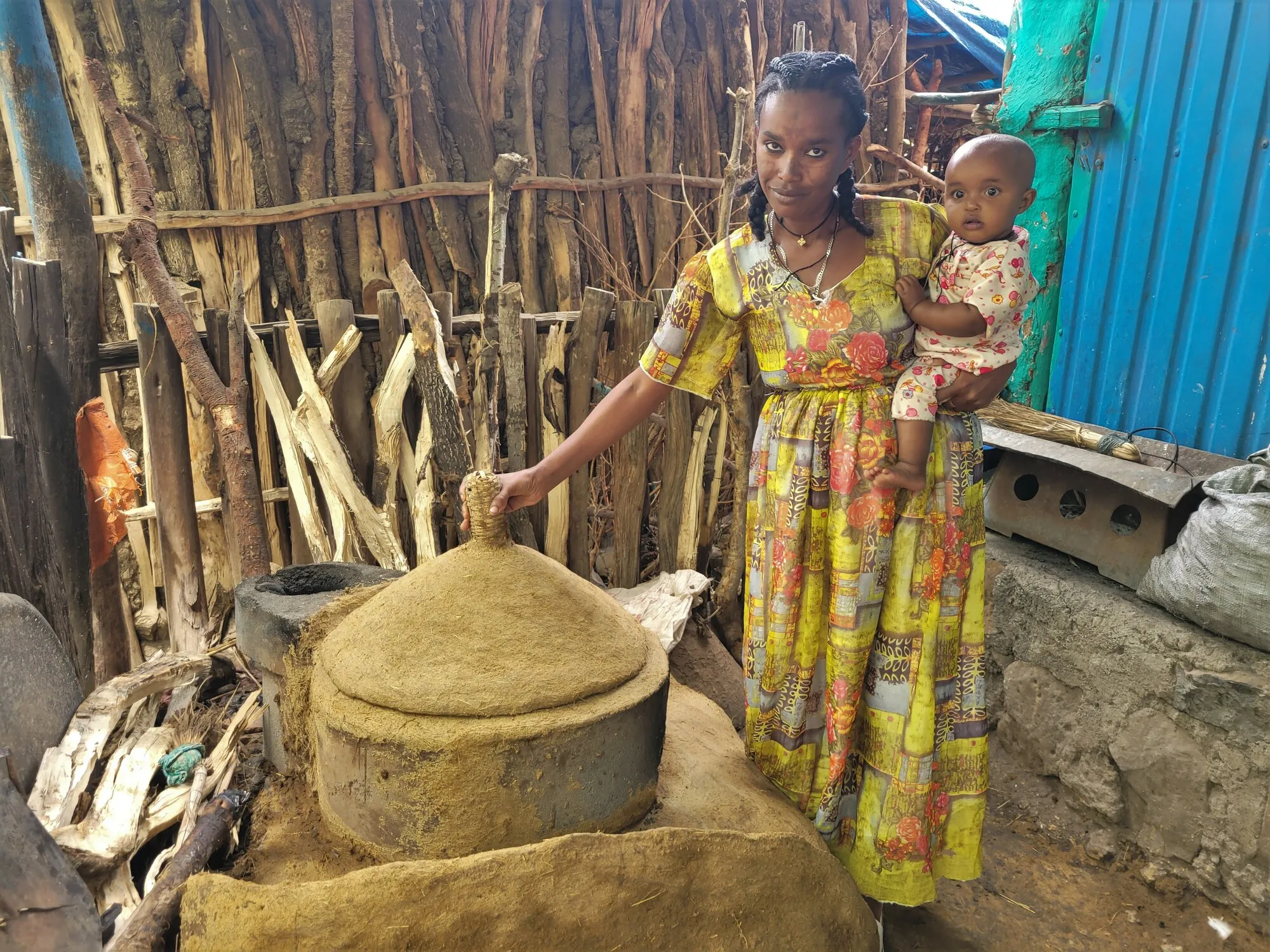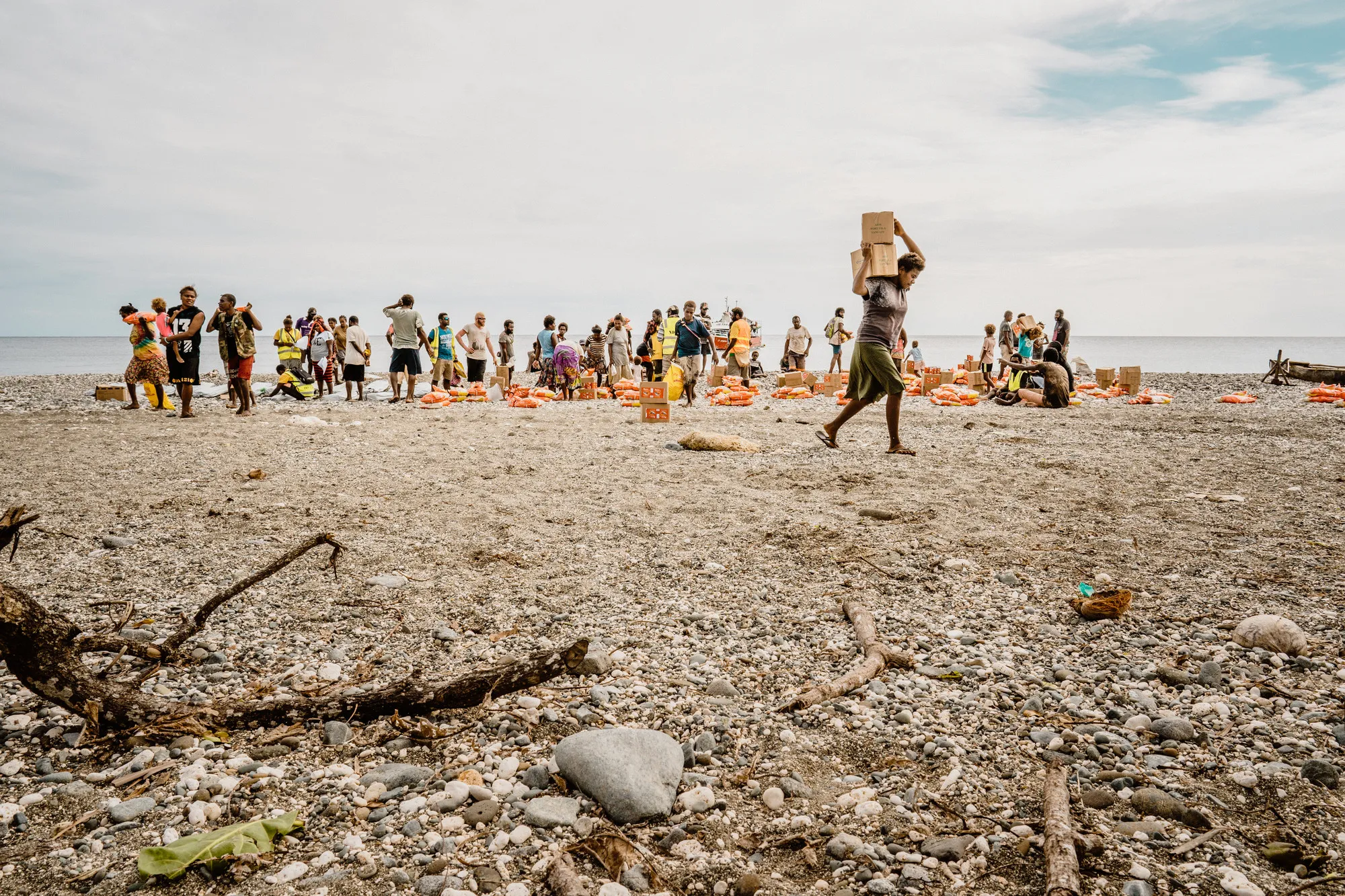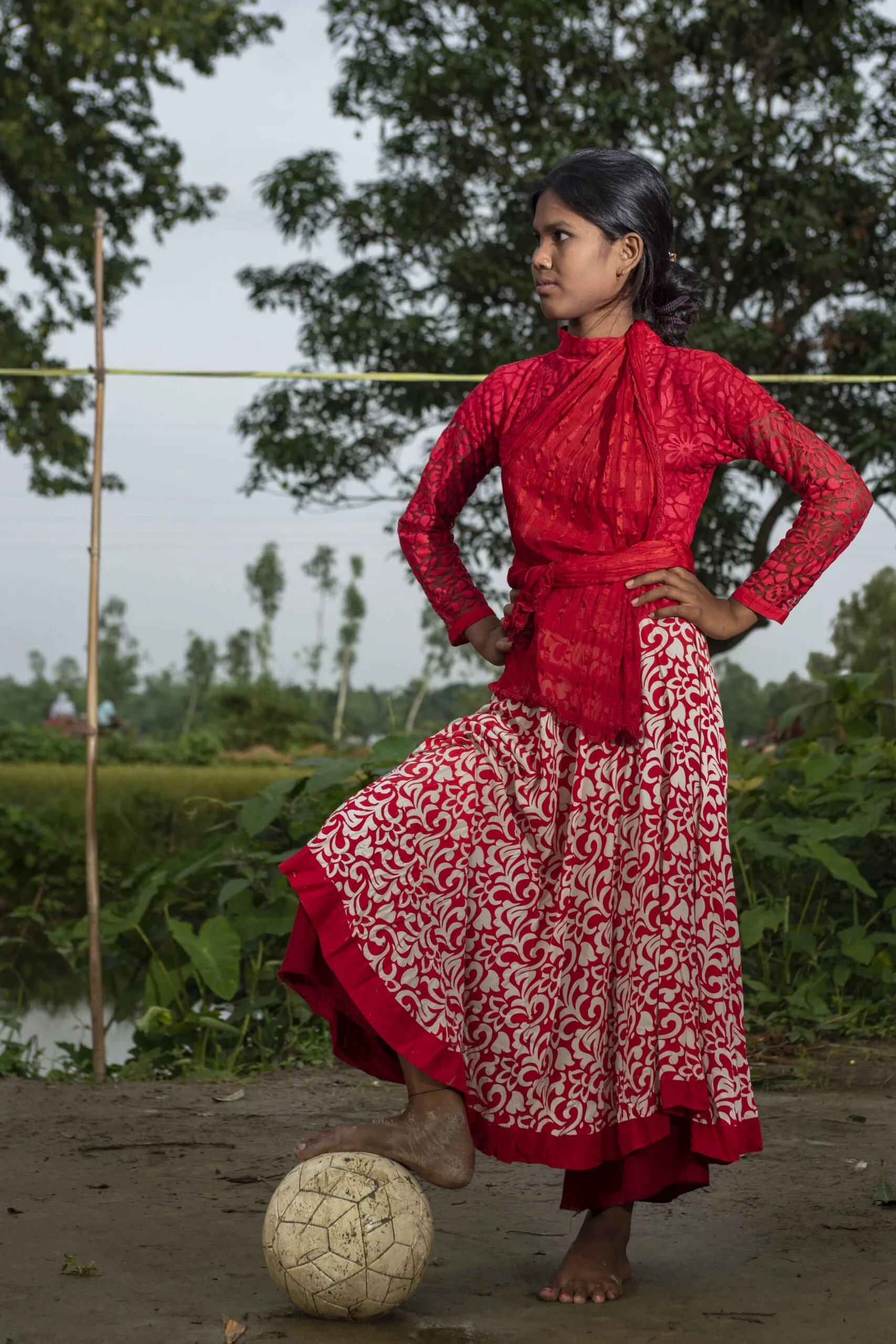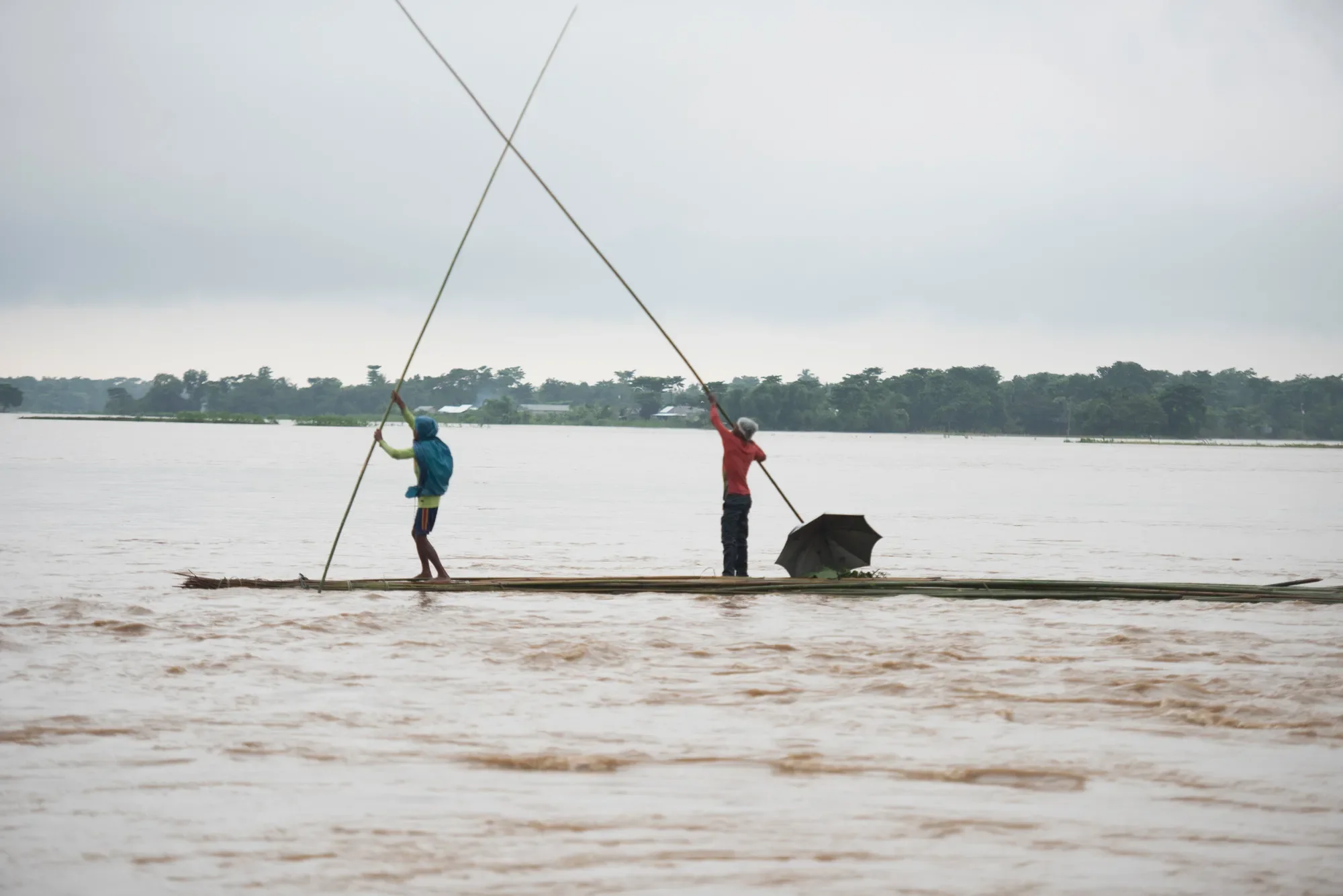From tornados in Texas to droughts in Europe and typhoons in the Philippines, we see the threat of climate change every day.
But what we don’t see is how climate change hits the world’s most vulnerable people the hardest — particularly women and girls.
Those least responsible for the root causes of the crisis are often the ones most vulnerable to it.
At CARE, we believe everyone deserves the right to health and safety, regardless of their gender, or where they live. That’s why we work to build resilient communities, empower women and girls, and fight for a more just and sustainable world.
And that’s why we believe climate justice — to be justice at all — must also be gender justice.
Here are five ways climate change is affecting women and girls right now, and what you can do to help.

